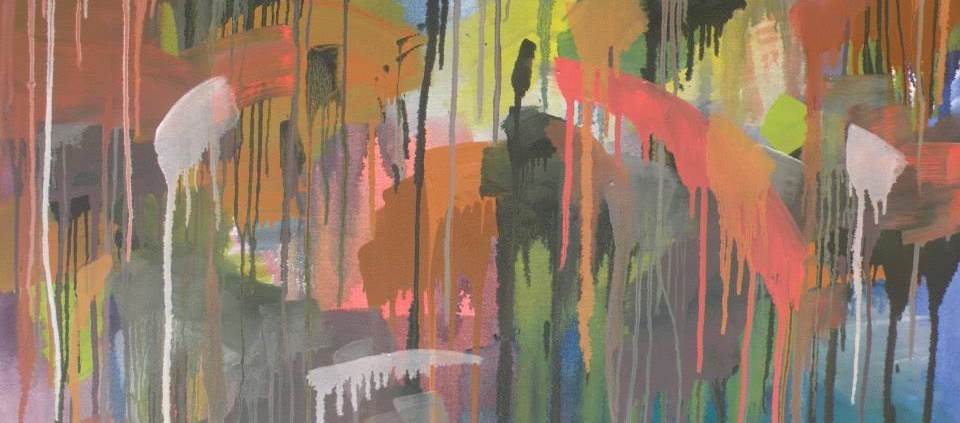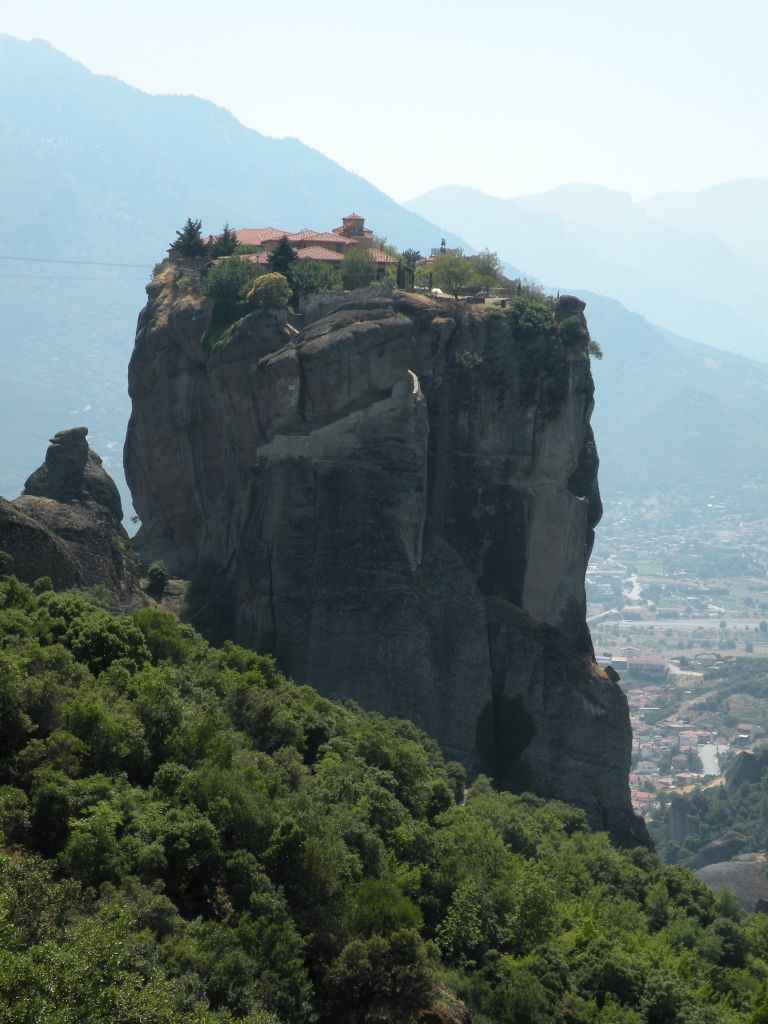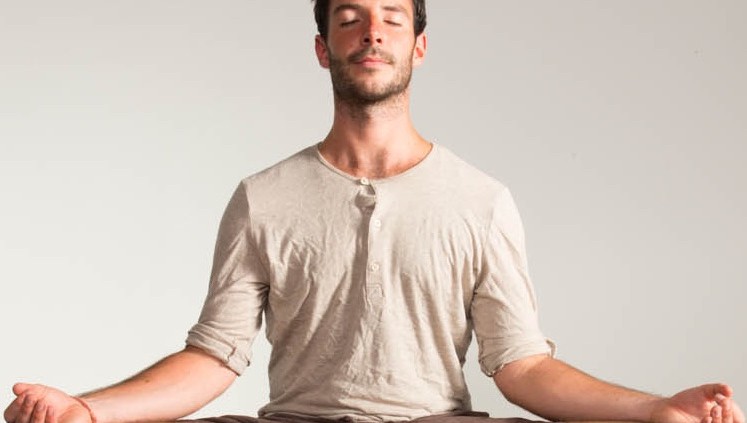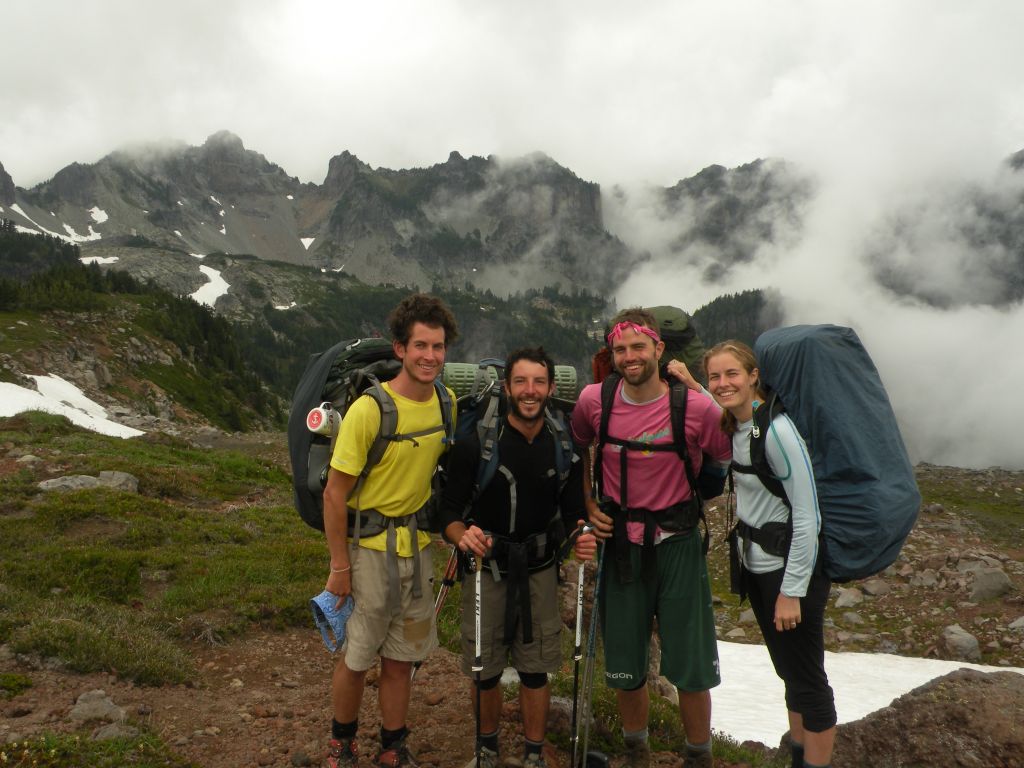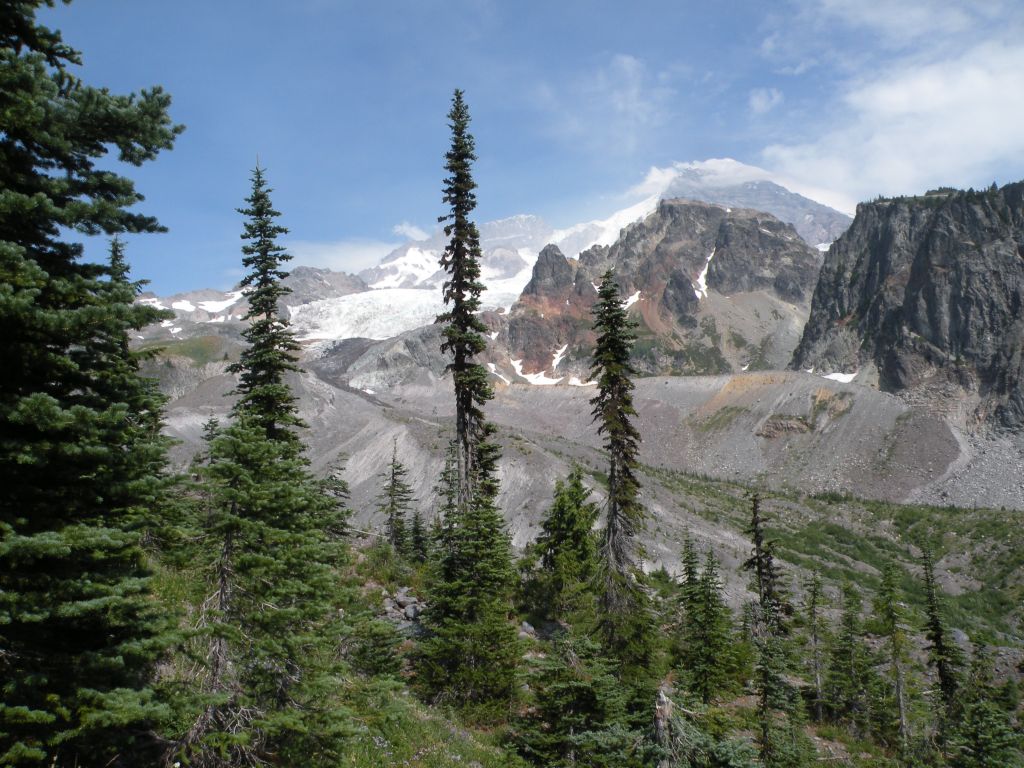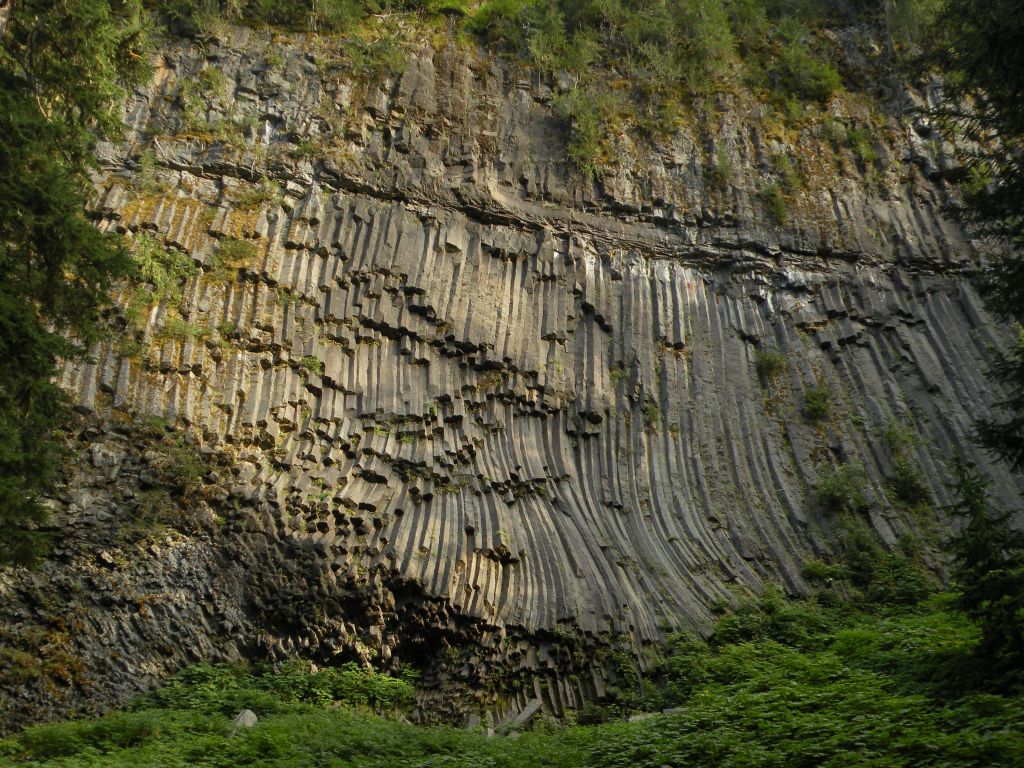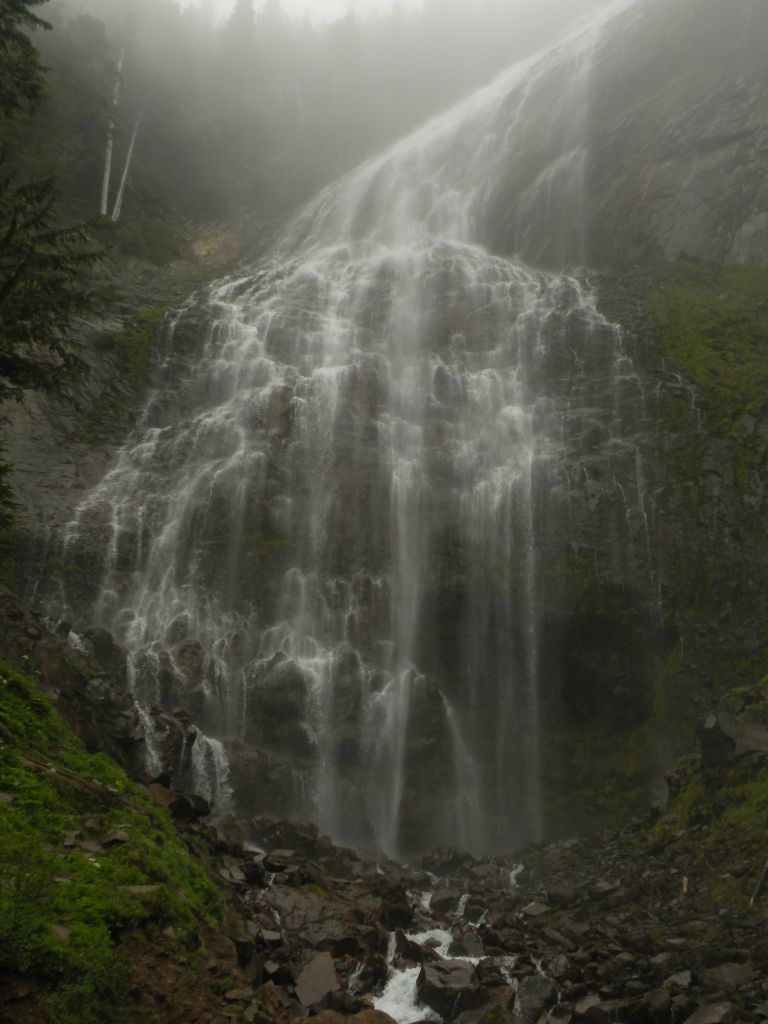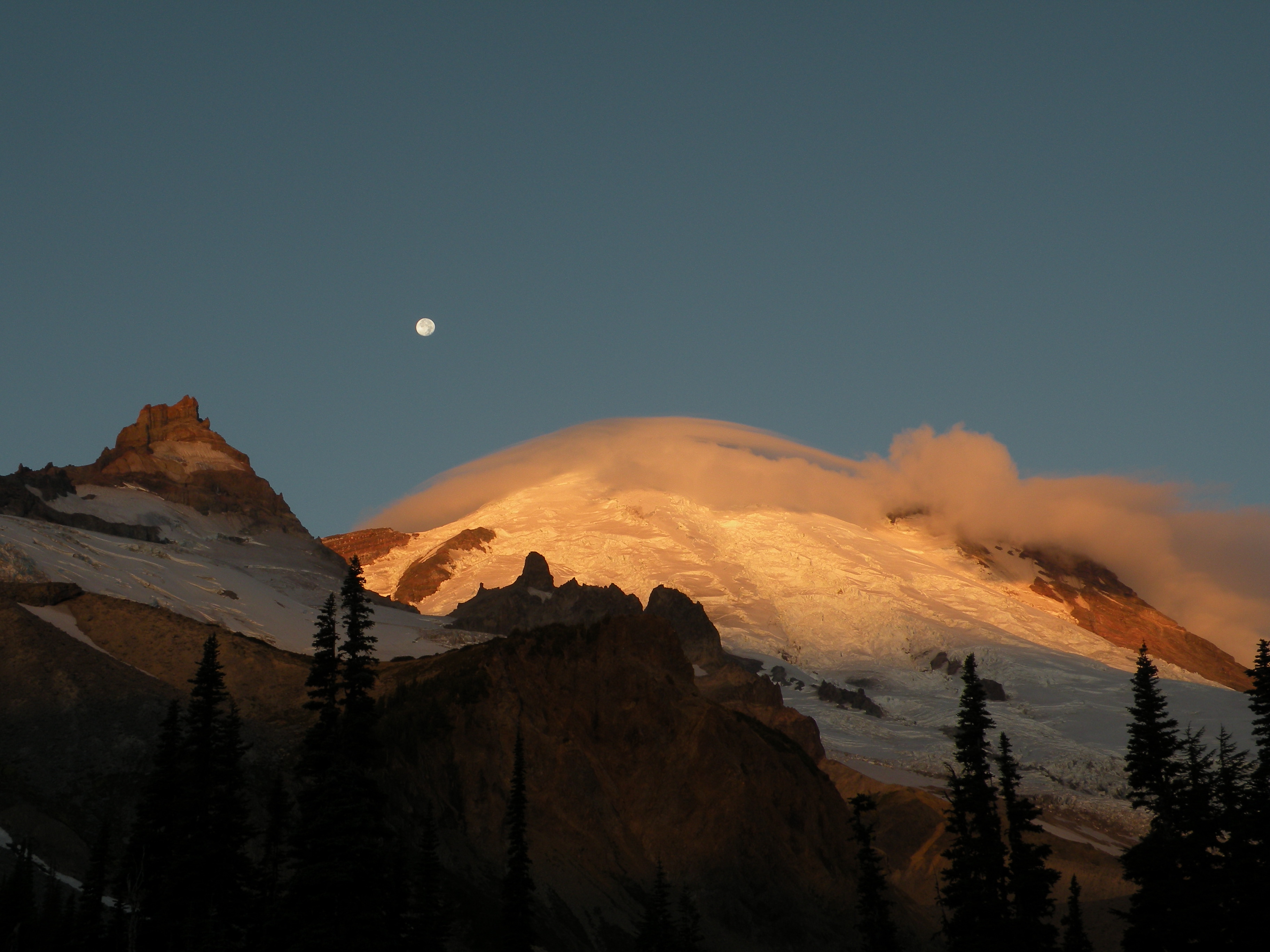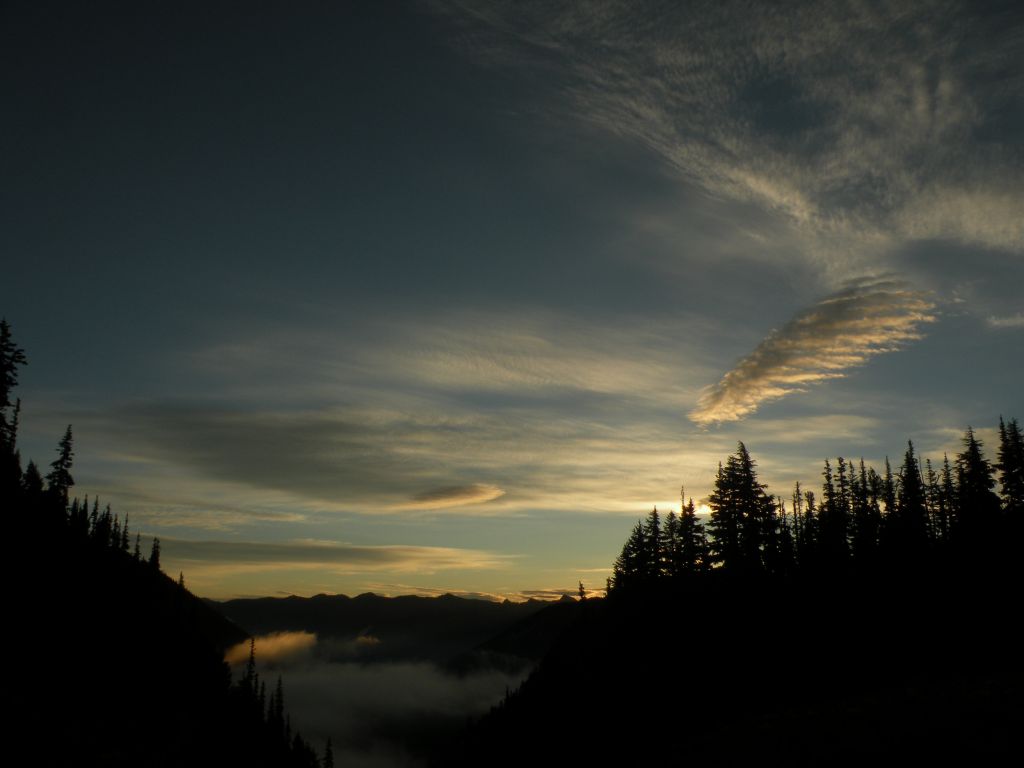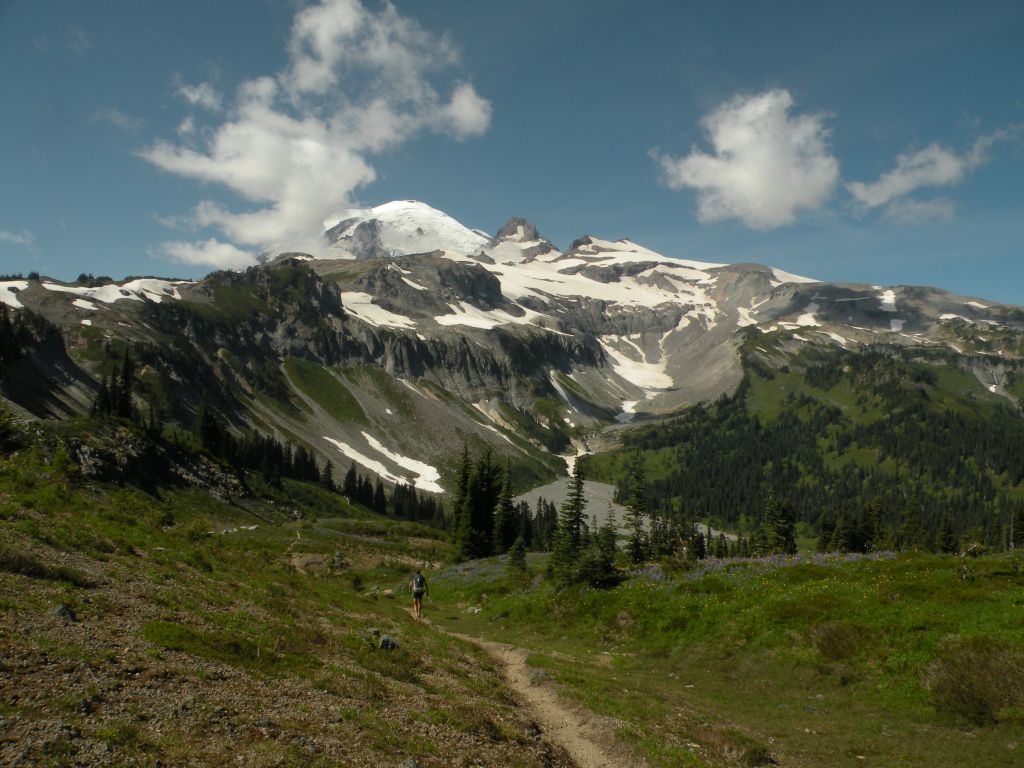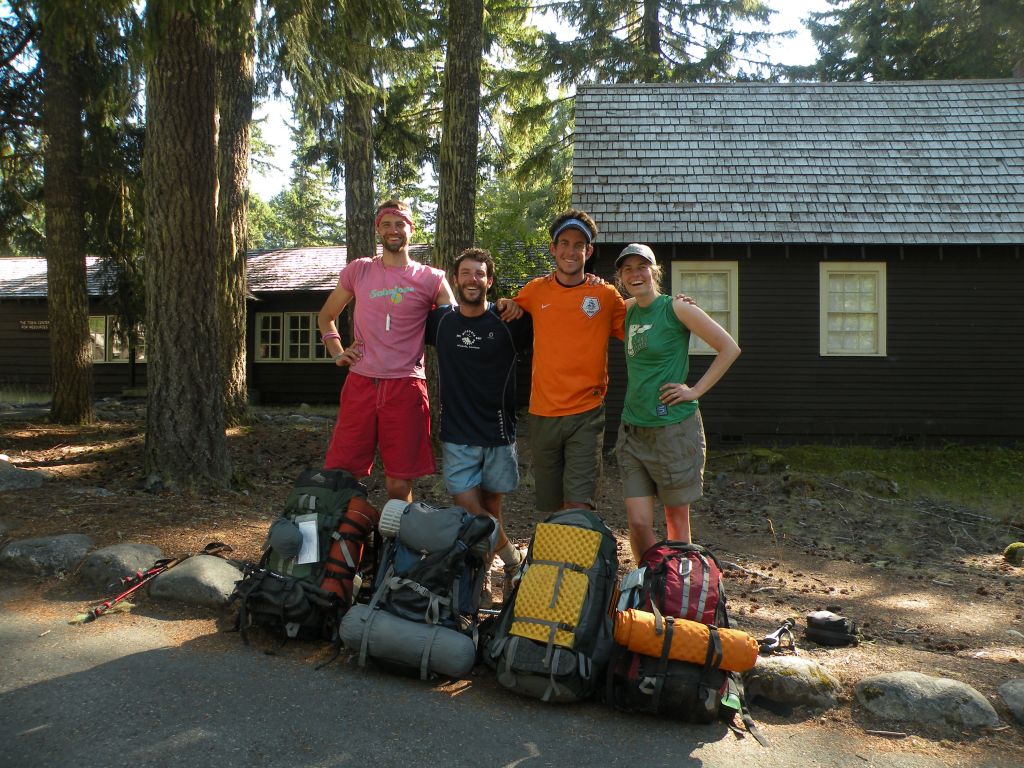Art and Soul
This fall I decided to work through two new “how-to” books, one on creativity and one on kung fu. I thought this would get me going in two different directions since these two things are so clearly distinct. One is about art, one is about the body. I slowly realized, however, that I was essentially dealing with the same beast: energy, life flow, chi. This is one of those ideas that automatically makes whoever is talking about it sound hippie-dippy, like someone who has never picked up a science book and spends a lot of time waving around sticks, wearing overly-comfortable tie-dyed pajamas. I’m not saying I would never wave sticks around like that (and who doesn’t love comfortable pajamas?), but I do also have more than the average number of degrees in hard sciences (2). I’m pretty sure we have this mental image about energy flow because of the way the media characterizes it, maybe some remnant of a backlash against the 60’s spirit of free-love or something. I’m too young and un-media-savvy to know. But to the point.
Here’s what I’ve been working on. For creativity: The Artist’s Way. The subtitle reads “A Spiritual Path to Higher Creativity,” to give you an idea. Once I started this, I found out that it’s actually quite popular among certain groups, and there are meet-ups for people scattered on coffee shop bulletin boards all across the country. And for kung fu: The Shaolin Workout. Subtitled: “28 Days to Transforming Your Body and Soul the Warrior’s Way.” I haven’t met anyone else who has seen this book, but I don’t travel much in martial arts circles.
I’m on week 5 of 12 in The Artist’s Way, and day 17 of 28 in The Shaolin Workout. I’ve been going about half speed in The Artist’s Way, often getting distracted for a few days and finding myself behind schedule. I’ve found that the “days” referred to in The Shaolin Workout are more metaphorical, along the lines of “four legs in the morning, two in the afternoon, three in the evening.” This book contains a lifetime of movements to be learned and perfected. Many of the later exercises are near impossible without years (I presume) of focus on flexibility (“standing tall, kick one leg up to graze your toe against your forehead with control while keeping both legs straight” kind of stuff).
Here’s the basic idea behind The Artist’s Way. Creativity is not something we can simply focus hard on to produce. Rather, it is a flow that travels through us from some external force, some god or higher power or what-have-you. We, as artists, have to learn to disconnect our internal censors from this flow and just let it rush through us. Without our censor blocking the flow of creativity, we will be able to fill pages or canvasses or rolls of film. The important thing is that it doesn’t matter if you “believe” in where this energy is coming from. You don’t have to believe in God, per se. But thinking about it in this way will allow you to create art in a non-destructive way, a way that doesn’t require drugs or alcohol or addictions to silence the censor for you.
I’m not sure that I’m necessarily very far along this path right now, but even the short moments of clarity I’ve had with it have been wonderful. It comes with a feeling of openness, expansiveness, connectedness. It allows me to do one of the most necessary and difficult things to do when practicing something new: to fail. To make terrible art and trite writing. I’m starting to understand how important this is, and how I’ll never get any better unless I actually do it and work on it and slowly get better.
It’s good that I’m learning to be OK with failure, because kung fu is HARD. This is not something my body is used to. My hips and hamstrings are tight with a lifetime of sitting in cars and chairs. I cannot graze my toe against my forehead with a straight leg in a controlled way, or in even a wildly uncontrolled way. That’s going to take a lot of practice and stretching. At the end of each workout there is a meditation to focus on for the rest of the day. Things started to come together when I got to the Chinese proverb, “Be not afraid of moving slowly, be afraid only of standing still.” So I’m chipping away at the tightness in my hips, just as I’m chipping away at the censor blocking my creativity.
But here’s the thing. Both of these are actually working on the same thing. Kung fu focuses on releasing chi and letting that energy rush through me. The Artist’s Way focuses on releasing creativity and letting that energy rush through me. The tightness in my hips is constricting my chi, making it harder to stand up straight and tall, making my body a less-than-ideal place for this energy to pass easily. The creative blocks I’ve built up through years of being a perfectionist are making it difficult for me to sit down and paint. After doing the kung fu stretches, my body feels loose and energized, and I feel a sense of exuberance and life. When I actually do sit down and draw, my mind feels free and energized. As my energy flow increases, my head buzzes with openness, expansiveness, connectedness. I feel that I am (or at least am nearer to being) a fully empowered and creative being.
I’m not a neuroscientist, but I’ve read some books. I also don’t know much about energy flow, chi, etc, aside from what I’ve picked up through kung fu and yoga. But I think this all has something to do with the right side of the brain. I’ve written about the right side of the brain before, and this talk by Jill Bolte Taylor gets at a lot of what I think I’m talking about. It does make sense that martial arts would put you in your right-hemisphere, though. The movement of the body and spatial awareness that creates is exactly the kind of thing that shifts your focus from the analytical to the holistic. If this irrational, emotive hemisphere is also where the creativity to practice visual arts comes from (as it seems to be), then the two are perfect complements. More chi, more energy, more creativity, more flow, whatever that means. More kung fu, and more art. A life of openness, expansiveness, connectedness. Sounds good to me.

